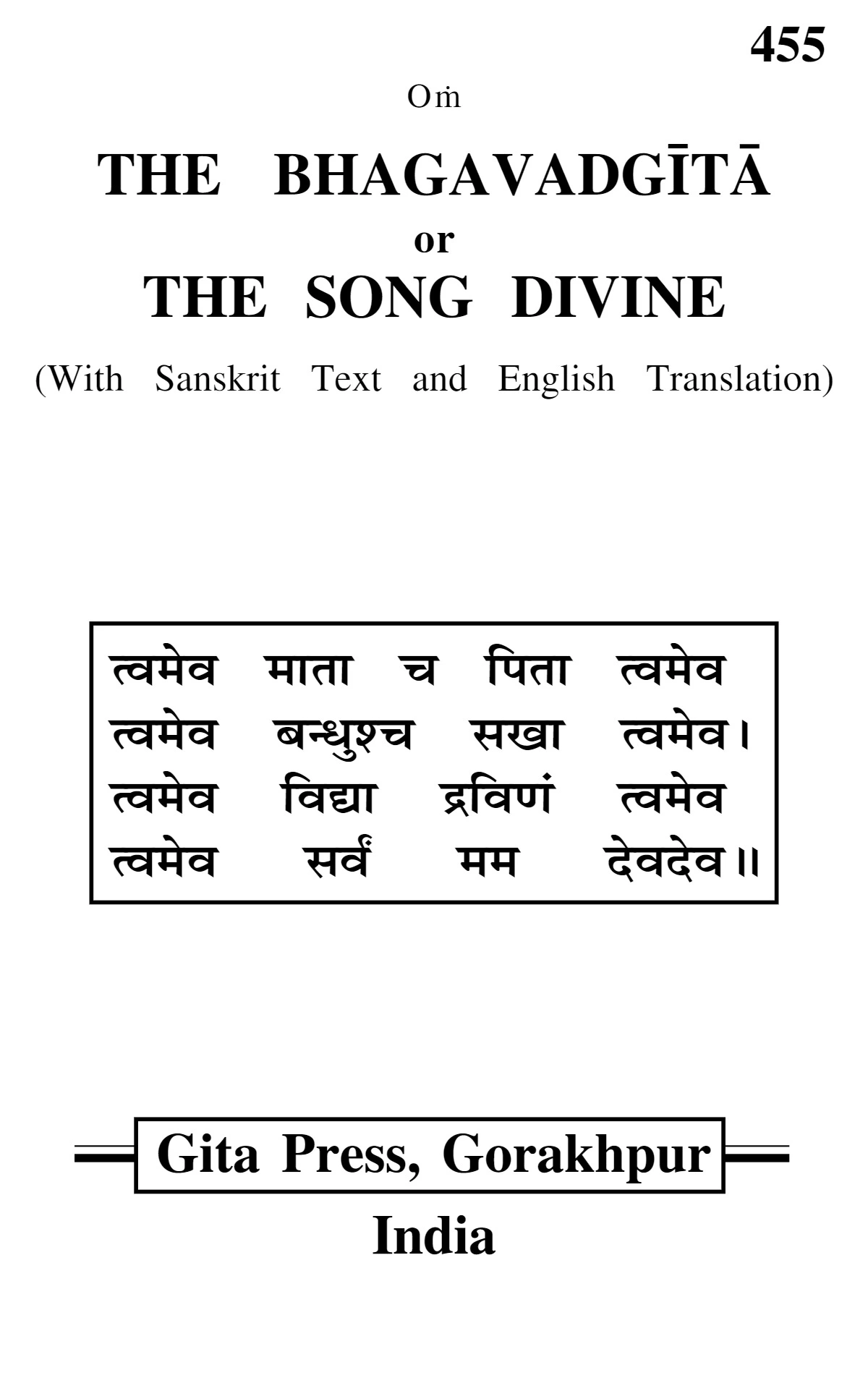The Shrimad Bhagavad Gita, often simply called the Gita, is one of the most revered texts in Hindu philosophy and spirituality. It is a 700-verse dialogue between Lord Krishna and Prince Arjuna, found within the epic Mahabharata, specifically in the Bhishma Parva (Book of Bhishma). The Bhagavad Gita is not only a religious scripture but also a profound guide to living a righteous and meaningful life.
The Bhagavad Gita is set on the battlefield of Kurukshetra, just before the great war between the Pandavas and the Kauravas is about to begin. Arjuna, one of the Pandava princes, is filled with doubt and moral confusion about fighting in the war, which would involve killing his own relatives, teachers, and friends. In this moment of crisis, he turns to his charioteer, Lord Krishna, for guidance.
Structure and Content Gita
The Gita is structured as a dialogue, with Lord Krishna imparting spiritual wisdom to Arjuna. Through this discourse, Krishna addresses Arjuna’s doubts and provides him with a deeper understanding of life, duty, and the nature of existence.
The Bhagavad Gita is divided into eighteen chapters, each focusing on different aspects of life, ethics, and spirituality. These chapters are often grouped into three sections, each dealing with a specific theme:
- Karma Yoga: Krishna emphasizes the importance of performing one’s duty without attachment to the results. He teaches that one should act according to their dharma (duty) while remaining detached from the fruits of their actions.
- Bhakti Yoga: Krishna advocates for a path of devotion, where surrendering to God and cultivating a loving relationship with the divine leads to liberation.
- Jnana Yoga: This section deals with the knowledge of the self and the ultimate reality. Krishna explains the nature of the soul (Atman), the material world (Prakriti), and the supreme reality (Brahman).
Key Concepts The Geeta
- Dharma: The concept of duty or righteousness, central to Hindu ethics. Krishna advises Arjuna to follow his dharma as a warrior.
- Atman: The eternal soul or self, which is indestructible and beyond the physical body.
- Moksha: Liberation from the cycle of birth and death (samsara), achieved through self-realization and union with the divine.
- Yoga: The practice of disciplining the mind, body, and spirit to achieve spiritual goals. The Gita presents various forms of yoga suitable for different temperaments.


